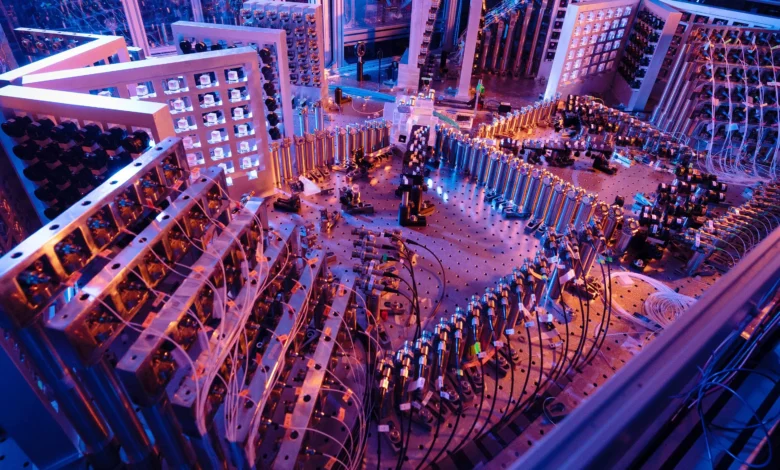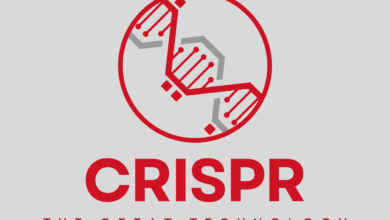The Breakthroughs That Will Change the Future: Nuclear Fusion and Quantum Computing

Why These Technologies Matter
In pursuing limitless energy and computational supremacy, two technologies stand out as game-changers: nuclear fusion and quantum computing. While they exist in vastly different domains—one in energy production and the other in computing—they share a common theme: they have the potential to redefine human civilisation.
Imagine a future where clean, abundant energy powers the world without pollution, and where ultrafast quantum computers solve problems beyond human comprehension. These breakthroughs aren’t just sci-fi dreams; they are actively being pursued by scientists, engineers, and governments worldwide.
This article explores:
✔ The science behind nuclear fusion and quantum computing
✔ Recent breakthroughs and major industry players
✔ How these technologies will reshape industries
✔ Challenges that must be overcome before mainstream adoption
✔ Future predictions and timelines for commercialization
The Journey Toward These Breakthroughs
The History of Nuclear Fusion
Nuclear fusion—the process that powers the Sun—has been humanity’s energy dream for over 70 years. Unlike nuclear fission (used in today’s nuclear reactors), fusion produces no long-lived radioactive waste, emits no carbon, and offers virtually unlimited fuel in the form of hydrogen isotopes.
Key Milestones in Fusion Research
| Year | Breakthrough | Organization |
| 1951 | First controlled fusion reaction |
Argentina’s Huemul Project
|
| 1958 | Tokamak design proposed | Soviet Union |
| 1997 | First high-energy plasma containment | JET (UK) |
| 2022 | First net energy gain in fusion |
Lawrence Livermore National Lab (USA)
|
| 2023 | Helion Energy achieves major magnetized fusion breakthrough | Helion Energy |
While fusion has been studied for decades, real breakthroughs have only happened in the last few years.
The Evolution of Quantum Computing
Unlike classical computers, which use bits (0s and 1s), quantum computers use qubits, which can exist in multiple states simultaneously thanks to superposition and entanglement. This allows them to solve complex problems exponentially faster than today’s computers.
Key Quantum Computing Milestones
| Year | Breakthrough | Organization |
| 1981 | Richard Feynman proposes quantum computing | MIT |
| 1994 | Shor’s Algorithm (theoretical quantum cryptography breakthrough) | AT&T Bell Labs |
| 2019 | Google claims “Quantum Supremacy” | Google AI |
| 2023 | IBM unveils 433-qubit Osprey chip | IBM Quantum |
| 2024 | China develops 1,000+ qubit superconducting quantum processor | USTC |
These breakthroughs signal a shift toward practical quantum computing
Recent Breakthroughs and Applications
Nuclear Fusion: Achieving Net Energy Gain
The most significant fusion milestone occurred in December 2022, when scientists at the Lawrence Livermore National Laboratory (LLNL) in California achieved net energy gain—producing more energy from fusion than was used to ignite it. This was a world-first achievement in controlled nuclear fusion.
Types of Fusion Reactors
| Reactor Type | Method | Status |
| Tokamak (ITER, JET) | Magnetic confinement |
Under development
|
| Stellarator (W7-X, HSX) | Alternative magnetic confinement |
Experimental phase
|
| Inertial Confinement (LLNL, NIF) | Laser-based ignition |
Proven at small scale
|
| Magnetized Target Fusion (Helion, TAE) | Hybrid magnetic + inertial fusion |
Commercial startups
|
Private companies like Helion Energy, TAE Technologies, and Commonwealth Fusion Systems have raised billions in funding to commercialize fusion power within the next 10-15 years.
Quantum Computing: Achieving Unprecedented Scale
The quantum computing race is heating up, with companies like IBM, Google, and China’s USTC making significant strides in qubit scalability and error correction.
Latest Quantum Computing Advances
🔹 IBM’s Osprey chip (2023) – 433-qubit quantum processor, one of the largest to date.
🔹 Google’s Quantum AI (2023) – Achieved error reduction for fault-tolerant quantum computing.
🔹 China’s Jiuzhang 2.0 (2024) – Optical quantum computer surpassing classical supercomputers in speed.
Quantum computers are already impacting industries like finance, pharmaceuticals, and materials science.



